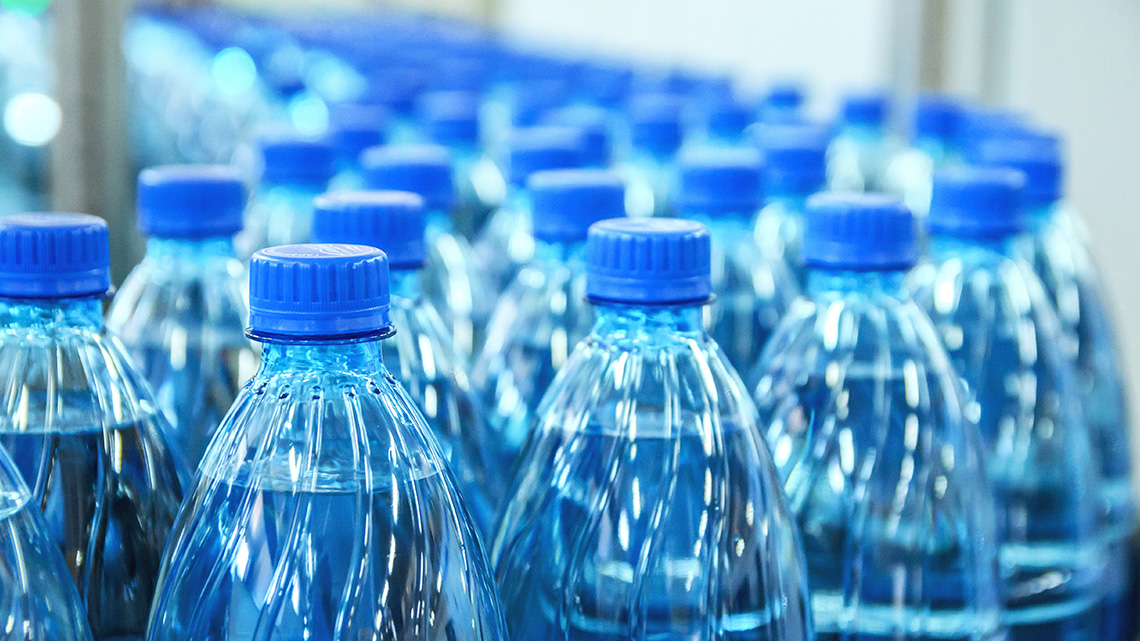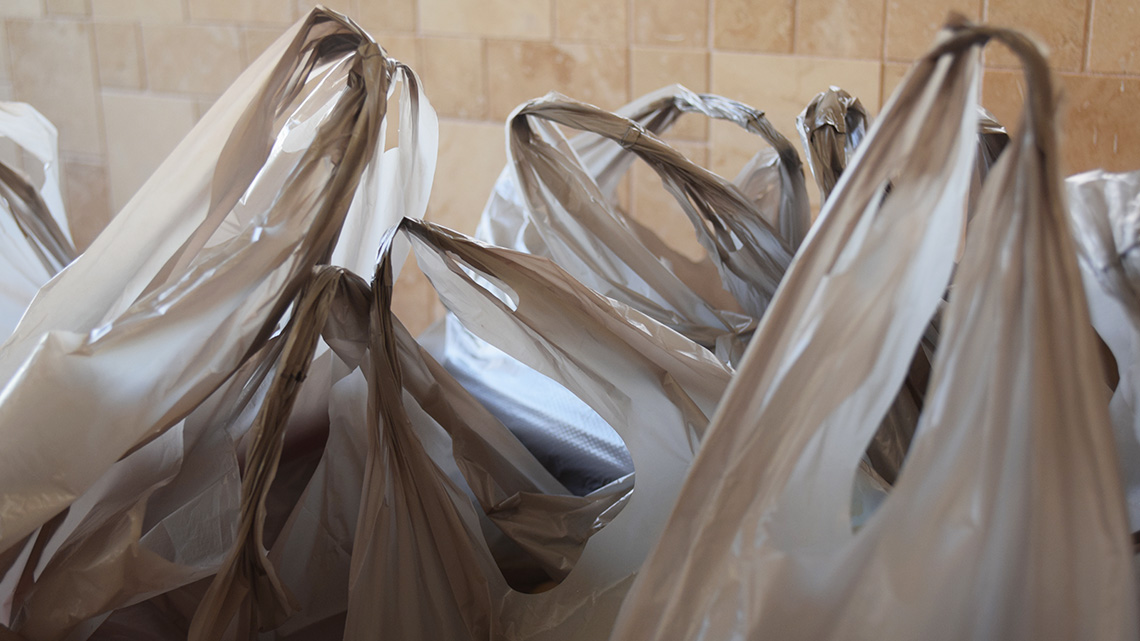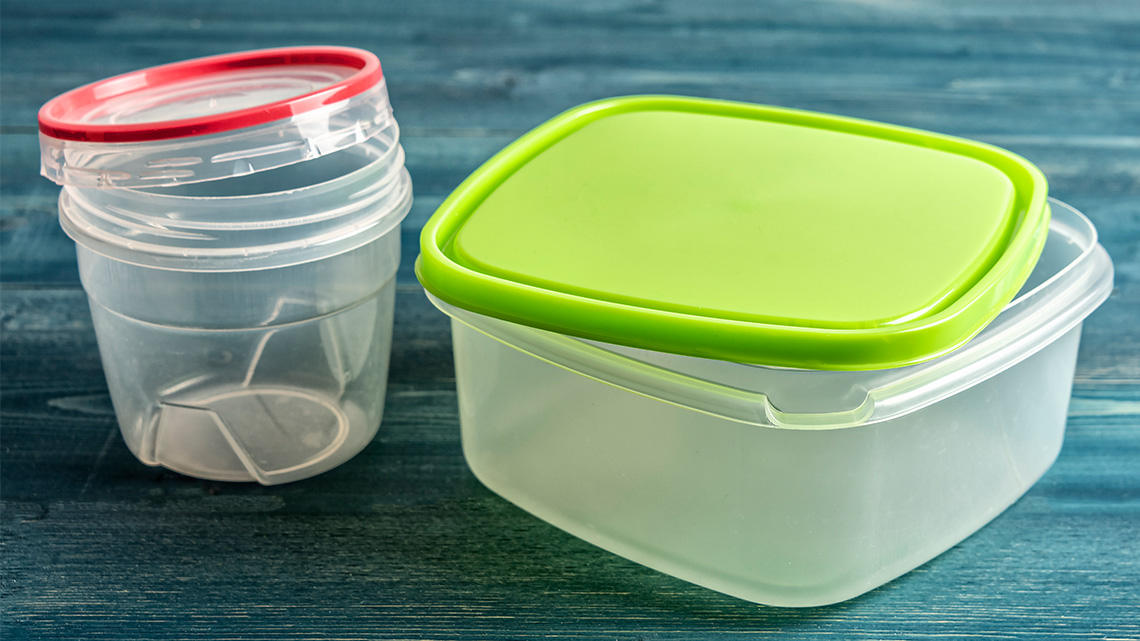Minds On
Is it plastic?
Explore the following images.
What do you notice? What do you wonder?
Many of the products and items we use every day are made of plastic or contain pieces that are made of plastic. Plastic products are manufactured all over the world.
Press ‘Definition’ to explore an explanation of the term manufactured.
Brainstorm
Brainstorm

Brainstorm some examples of common plastic products. Next, consider the following questions:
- How might these products be manufactured?
- How might plastic affect people, animals and the environment?
Action
How’s it made?
Explore the following steps of how raw materials are processed.
While it takes a lot of energy to create plastic, it is very strong and depending on the item can last up to 500 years in a landfill or in water. Plastic is used to create many types of products used in different areas.
For example:
- food packaging
- medical supplies
- textiles
- construction materials
- parts for different types of transportation
- electrical appliances
- electronics
- industrial machinery
Plastic is a very useful material and helps many people perform a variety of different tasks. However, plastic is not biodegradable.
What effect might this have on animals and the environment?
Press ‘Definitions’ to access the meaning of the words non-biodegradable and biodegradable.
Non-biodegradable materials do not break down naturally and remain in the environment for a long time.
Biodegradable materials naturally break down in the environment over time with the help of bacteria, air, water, and soil.
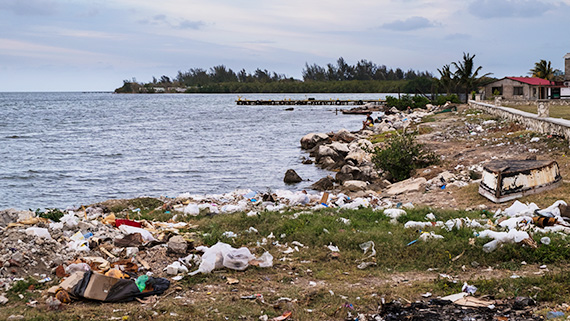
Unfortunately, a lot of plastic ends up in landfills or as litter.
At times, these plastics get carried away by the wind or rain and end up in bodies of water.
One study estimated that one third of plastics end up in the soil or ocean! It is currently also estimated that there are billions of pounds of plastic in the ocean, both on the surface and on the ocean floor.
What’s in the water?
The Water brothers, Alex and Tyler Mifflin travel around the world to learn about different water systems. They think about the relationship humans have with water and share why we need to protect this important resource.
Explore the following video clip of the Water Brothers as they head into the ocean to discuss the issue of plastic pollution with scientists studying this worldwide problem.
As you explore the video, respond to the following questions in your notebook or using another method of your choice.
- What is a “garbage patch”?
- How might the accumulation of plastics affect marine animals?
Press Review to compare your answers.
- A garbage patch is a large area in the ocean where garbage, including plastics and fish nets, is collected by the natural current of the water.
- These plastics in the ocean become a threat to birds, fish, turtles, and other marine animals. And, when these plastics slowly break down, they become microplastics (tiny pieces of plastic) that pollute the water. Marine animals can mistake these for food or get tangled in them.
Single-use plastics
Single-use plastics are products that are made from burning of fossil fuel-based chemicals and can usually only be used once before they are thrown out.
Some examples are:
- plastic straws
- water bottles
- plastic bags
- food wrapping
- types of packaging
About 8-10% of the world’s oil supply goes towards making plastic. Plastics are made from oil (i.e., petroleum) which is a non-renewable and does not break down. Single-use plastics like the ones in grocery bags or water bottles are one way of using our oil supply in a way that is not sustainable.
Why might people be concerned about the impact of single-use plastics on the environment?
Press ‘Single-Use Plastics’ to access why people might be concerned about single-use plastics and the environment.
Most of this food packaging is made from plastic and is not put in the proper recycling bin when the user is finished with it. This plastic ends up in landfills or as litter, and when it is littered it gets carried away into the ocean. The United Nations has declared the plastic pollution of oceans a major crisis because of the number of plastics such as food packaging that end up in our water.
Global connection
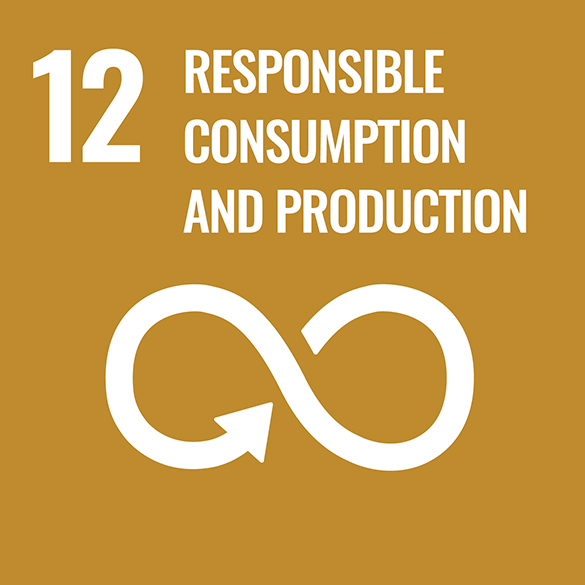
The United Nations (UN) is a group of many countries from around the world that have come together to create a better future for people and the environment. They have created 17 goals called the Sustainable Development Goals.
This learning activity is connected to Goal #12: Responsible Consumption and Production. This means everyone should ensure sustainable consumption and production patterns. Sustainable consumption and production will ensure efficiency, economic growth, and help the environment.
Research opportunity
Keeping goal #12 in mind, consider the following question:
- What might be some solutions to plastic pollution?
Before you respond, explore the Scientific Research Process to think about how we can use the information provided to answer our question. You may also conduct your own research.
Check out this video to learn about the steps of the Scientific Research Process.
Investigate
Investigate
Complete the Research Graphic Organizer in your notebook or using the following fillable and printable document. If you would like, you can use speech-to-text or audio recording tools to record your thoughts.
|
Question: What might be some solutions to plastic pollution? |
|
| Examples | Important Information |
Press the ‘Activity’ button to access the Research Graphic Organizer
Press the following tabs to access information to complete your research.
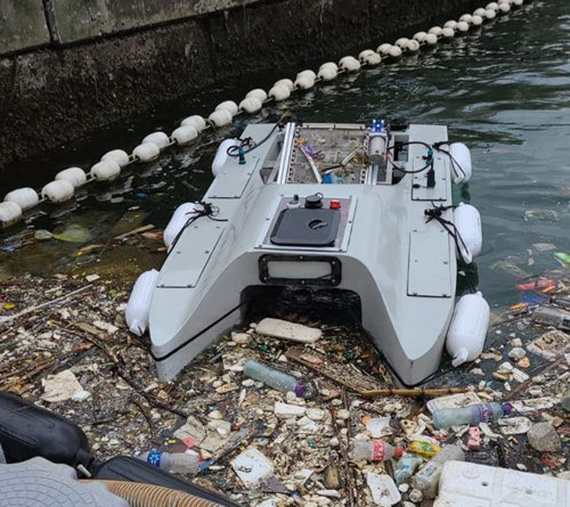
A company based in Hong Kong called Open Ocean Engineering created a robot boat named the Clearbot Neo. This robot collects floating garbage in the Hong Kong harbor and stops it from floating into the ocean. It has a built-in camera, and the boat was created to be light yet large enough to store and carry a lot of garbage.
The Clearbot Neo can collect 200 kilograms of garbage and can also be used to clean up oil and fuel spills. Important parts of the robot are made of plastic which is what makes it so strong and light. It can also notice and keep track of the types of garbage collected and is careful not to disturb marine animals.

Plastic Fischer is a German company which has developed a plastic barrier called the TrashBoom. This barrier sits between waterways and is designed to stop garbage from floating from rivers to the ocean. It can collect between 400-1000 kilograms of garbage each week!
Plastic Fischer has shared TrashBoom technology so that others may build something similar. It uses PVC pipes, an instrument that is made of plastic.
There are other materials that can be used to replace plastic products. These materials are more sustainable for the environment, as they are biodegradable and/or can be composted.
Biodegradable materials naturally break down in the environment over time with the help of bacteria, air, water, and soil.
Compost is made with materials that naturally break down in the environment and can be used to enrich the soil.
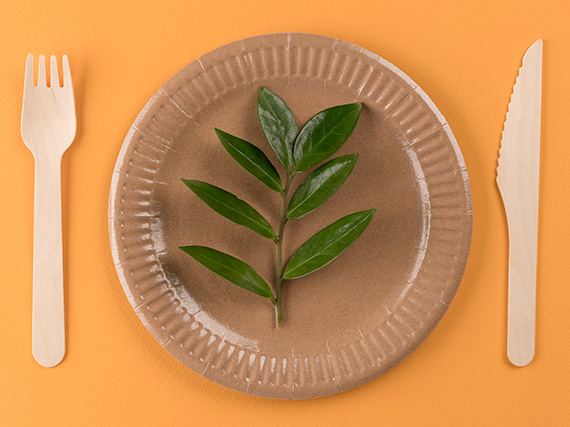
Bamboo food packaging is biodegradable, long-lasting, and heat-proof. It can be used for a variety of different products and can be composted.

Rice husk is the hard cover on grains of rice. It is inexpensive and biodegradable. Rice husk is extremely strong and can be used to create lunch boxes, bowls and other products that do not break or shatter.
Consolidation
Learning check!
For each sentence, select the missing word from the drop-down menu.
Reflect on our learning!
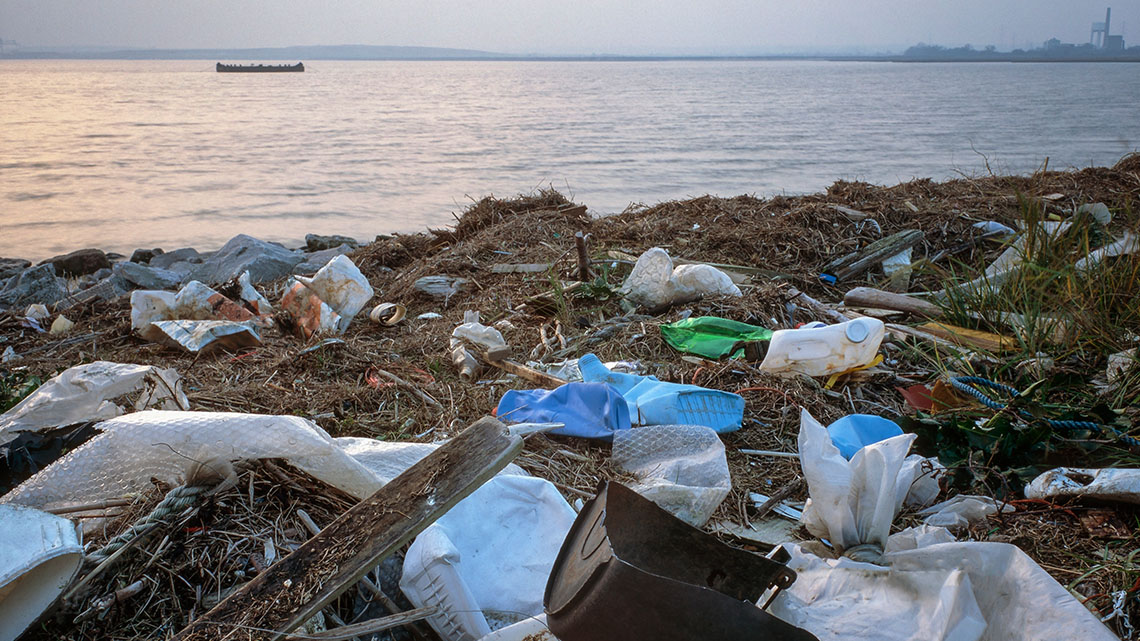
Reflect on your research on solutions to plastic pollution and you’re learning about the plastics manufacturing process.
Create a poster that shares 1-2 examples of sustainable solutions to plastic pollution.
Once complete, share your poster with a partner, if possible.
Press ‘Definition’ to access the meaning of the word sustainability.
Sustainability is the idea that we need to live in our environment without using too much of the earth’s natural resources. We want to be able to use what we need and make sure that natural resources do not run out for future generations.
Reflection
As you read through these descriptions, which sentence best describes how you are feeling about your understanding of this learning activity? Press the button that is beside this sentence.
I feel…
Now, record your ideas using a voice recorder, speech-to-text, or writing tool.
